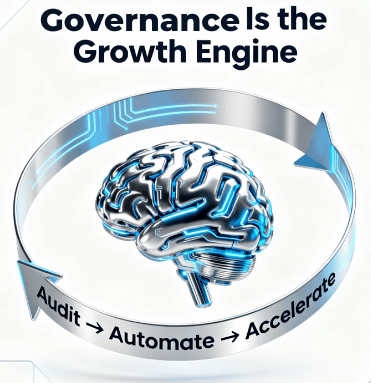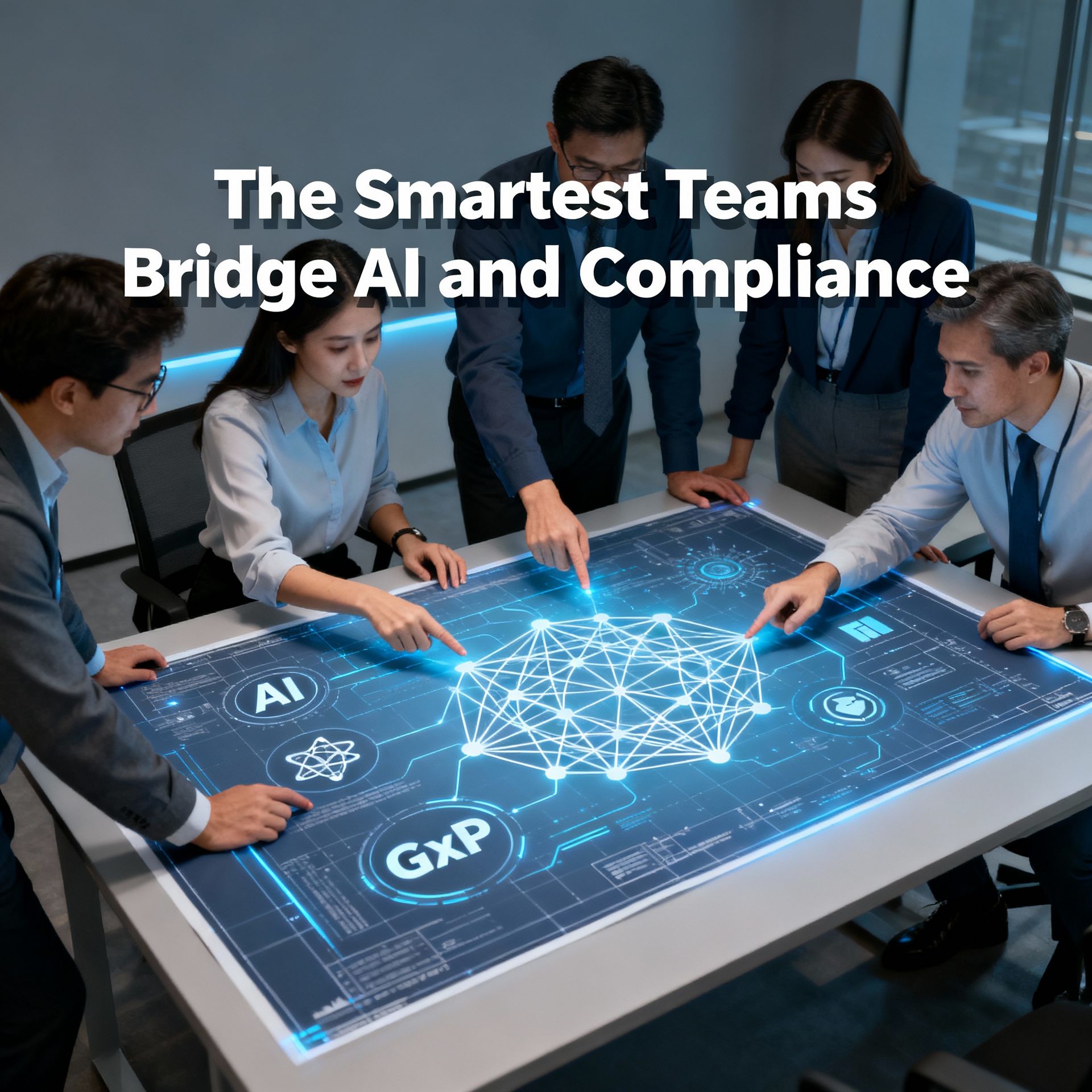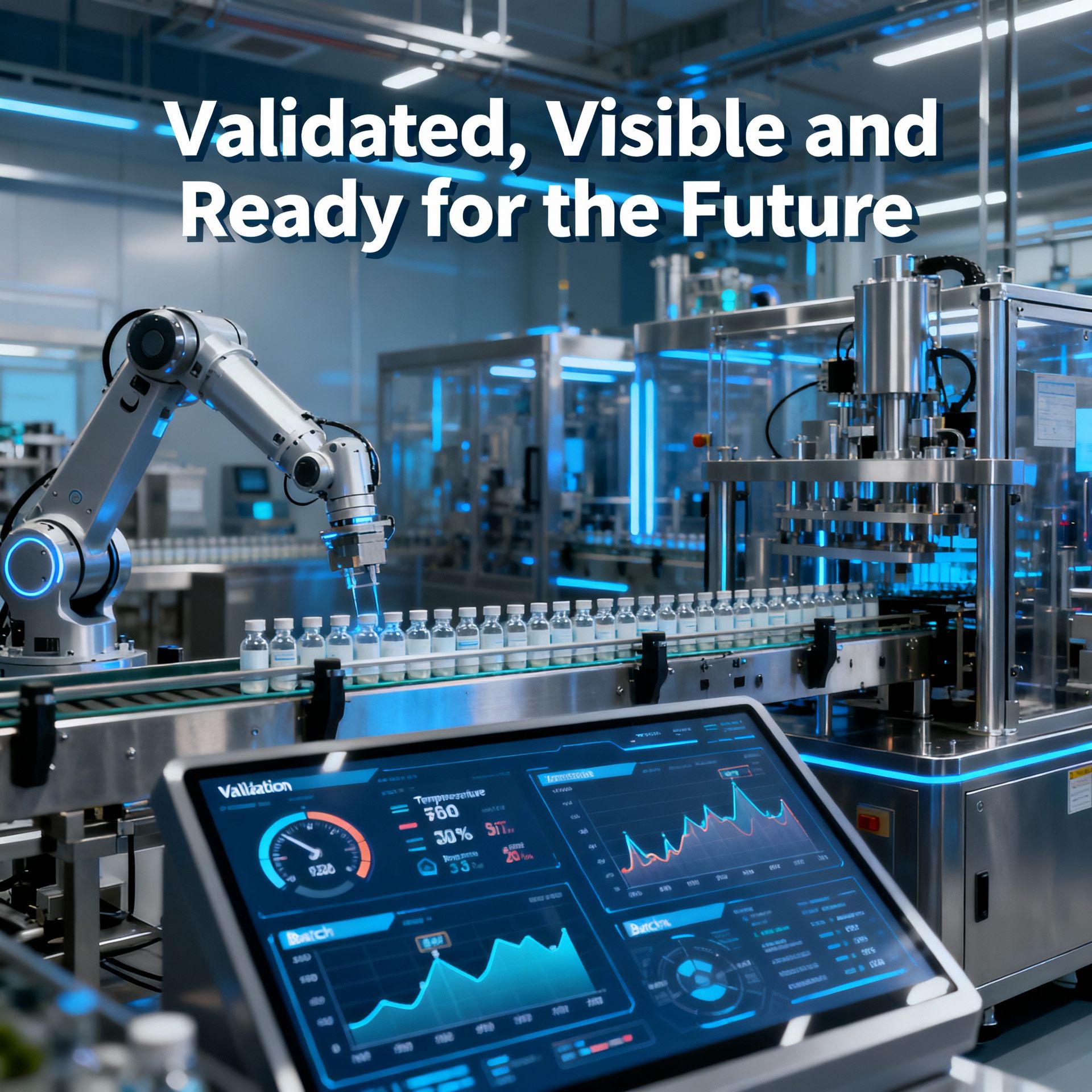- xLM's ContinuousTV Weekly Newsletter
- Posts
- #084: From Compliance to Competitive Edge: Why AI + GxP Expertise Defines Pharma’s Future
#084: From Compliance to Competitive Edge: Why AI + GxP Expertise Defines Pharma’s Future
As AI transforms industries faster than any prior technology, a deeper truth emerges, pharma companies can’t afford to experiment slowly or alone. The next decade will reward the capable.

Table of Contents
1. Introduction
In the first two parts of this series, we showed how xLM’s AAA Sprint turns AI vision into validated reality, bridging strategy, compliance, and execution in five days.
As AI transforms industries faster than any prior technology, a deeper truth emerges, pharma companies can’t afford to experiment slowly or alone. The next decade will reward the capable.
That capability depends on one thing which is bringing AI expertise and GxP fluency together.
2. The Coming Disruption and Opportunity
AI is advancing exponentially. Within a decade, most tasks in many industries could be up to 80% automated. This will reshape jobs, rewrite business models, and reveal which organizations can adapt.
Economists predict deflationary growth driven by abundant, low-cost expertise and unprecedented productivity gains. In this landscape, AI-enabled molecule discovery, automated digital QMS, and intelligent clinical trial oversight will no longer differentiate; they will become the baseline expectations for competitive pharma operations.
Yet, the true bottleneck will be governance and know-how. Companies unable to align AI innovation with GxP rigor, risk delaying validation, increasing audit findings, or derailing regulatory submissions.

3. Why AI Alone Is Not Enough
AI specialists understand models but not always validation evidence, audit trails, or data integrity principles that define life sciences operations. Conversely, compliance experts often know 21 CFR Part 11 or Annex 11, but not how to map these to data pipelines or foundation models.
The result? Misaligned initiatives that stall at the pilot stage or fail audits after deployment.
To move from proof-of-concept to proof-of-value, pharma must build hybrid teams, professionals fluent in both AI systems and regulated frameworks. This enables transition from experimentation to enterprise deployment.

4. The AAA Framework: Turning Compliance into a Growth Flywheel
Many believe regulatory compliance slows innovation. In reality, governance is the multiplier and the AAA Framework (Audit, Automate, Accelerate) proves it.
The AAA Framework turns compliance from a regulatory checkbox into a growth flywheel that compounds value. Each phase builds on the last, ensuring speed and assurance in AI adoption.
4.1. Audit — Discover and Diagnose
Transformation begins with visibility.
In the Audit phase, organizations identify AI opportunities across functions while assessing data readiness, process maturity, and regulatory exposure.
Through workshops and data-driven diagnostics, xLM maps processes that are AI-eligible, validation critical, and ROI rich.
This clarity lets teams target initiatives delivering compliance and business value quickly.
4.2. Automate — Design for Compliance
Once opportunities are known, Automate builds the compliance foundation.
Automation here embeds compliance by design into workflows.
By integrating validation templates, traceability matrices, and automated testing into the AI lifecycle, xLM removes repetitive steps while keeping every model, dataset, and output audit ready and explainable.
The result is faster development without compromising GxP integrity.
4.3. Accelerate — Scale with Confidence
The Accelerate phase turns validated use cases into enterprise solutions.
xLM measures business impact such as ROI, cycle-time reduction, and error elimination, and creates blueprints to scale AI across regulated processes.
Combining performance analytics with continuous monitoring, pharma achieves living validation where compliance evolves with the product.
Together, AAA creates a self-reinforcing loop:
Each Audit feeds the next innovation.
Each Automation reduces validation burden.
Each Acceleration expands impact across departments.
That’s how governance becomes the growth engine not a brake, but a booster.

5. From Talent to Transformation
The fastest path to ROI is hiring and empowering teams who understand both worlds. A data scientist without GxP literacy can’t build compliant models and a validation specialist without AI context can’t assess algorithmic risk.
Pharma leaders must rethink resourcing:
Hire AI-native validation experts who bridge compliance and data science.
Embed AI governance officers in QA and regulatory teams.
Invest in AI fluency programs that make quality teams strategic enablers, not gatekeepers.
This blend of AI vision and GxP discipline turns compliance from a cost center into a competitive advantage.

6. Beyond Survival — Toward Strategic Advantage
Over the next five years, AI-driven productivity gains will outpace most industries' adaptation. By the 2030s, entire business models will be redefined, and the companies that validate faster, deploy intelligently, and maintain continuous governance at every stage of their AI-driven operations will succeed.
For pharma, this is more than compliance it is survival.
To capture the coming abundance, you need the right expertise now.
Hire for convergence: AI + GxP.
Validate once. Accelerate always.

7. Closing Thought
Transformation isn’t just adopting AI, it’s about trusting AI within a regulated framework.
The intersection of AI capability and GxP accountability will define which pharma organizations lead the next decade.
xLM’s AAA Sprint remains the fastest, most compliant way to get there for any life science organization.
Reply